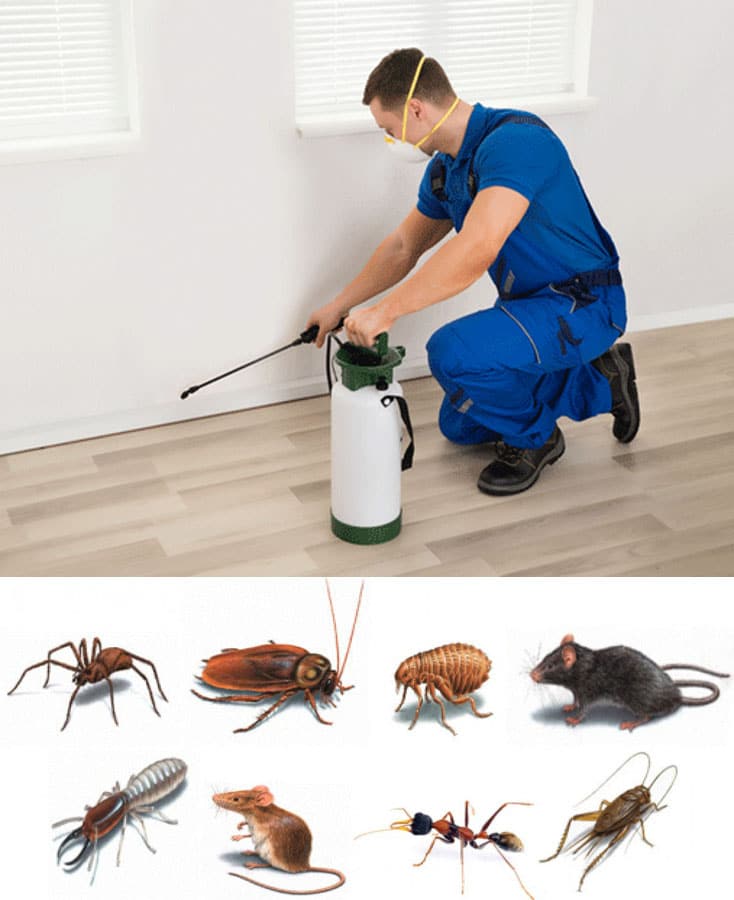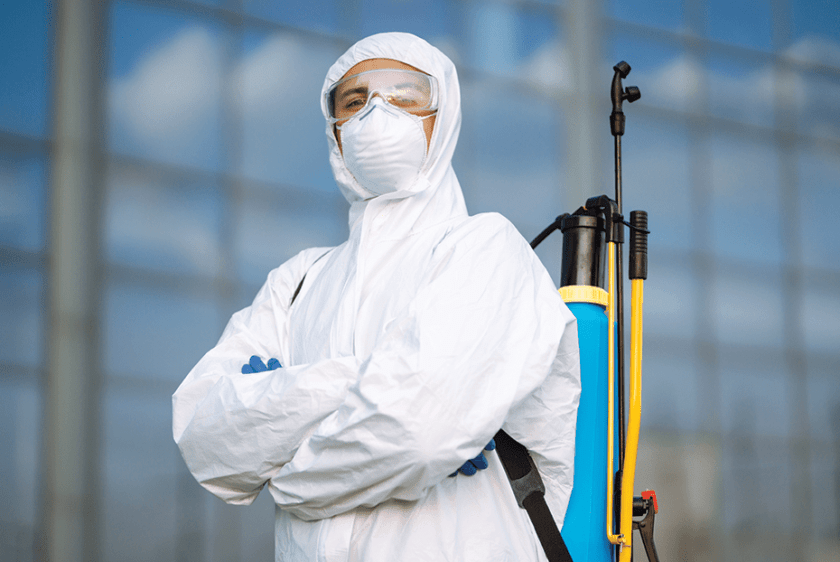Eco-Friendly Insect Control Approaches for Handling Wildlife in Urban Areas
Urban locations usually find themselves at the junction of human task and wild animals, resulting in unique difficulties in parasite management. Environment-friendly strategies emphasize sustainable coexistence, utilizing techniques such as environment alteration and natural repellents to reduce human-wildlife conflicts. These strategies not only safeguard the atmosphere however likewise improve area involvement in wild animals monitoring. As city populaces remain to expand, recognizing the characteristics of wild animals interactions becomes increasingly essential. What innovative approaches can be carried out to make sure both environmental equilibrium and city safety? Discovering this inquiry exposes a compelling landscape of prospective remedies.
Recognizing Urban Wildlife Dynamics
Recognizing Urban Wild animals Dynamics is essential for establishing effective and green bug control methods. Urban locations are significantly becoming environments for various wild animals varieties, driven by elements such as environment fragmentation, food accessibility, and human encroachment. Identifying these dynamics permits a nuanced strategy to pest administration that lines up with ecological concepts.
Urban wildlife frequently consists of types such as raccoons, squirrels, and birds, which adapt to city atmospheres, finding specific niches in eco-friendly spaces, parks, and also suburbs. Their visibility can cause disputes with human beings, particularly when they exploit human sources for food and sanctuary. Understanding the behaviors and eco-friendly functions of these varieties educates methods that lessen negative interactions while promoting biodiversity.
In addition, recognizing the interdependencies within metropolitan environments assists in identifying important locations for habitat preservation and repair. This knowledge adds to the growth of integrated insect administration (IPM) techniques that consider the ecological equilibrium, thereby reducing reliance on harmful chemicals. By fostering conjunction between human beings and urban wild animals, cities can create healthier atmospheres that profit both locals and local communities, leading the way for sustainable city living.
Natural Repellents and Deterrents
All-natural repellents and deterrents provide a sustainable alternative to conventional bug control methods by taking advantage of the power of nature to keep unwanted varieties away. These green remedies generally use plant-based components, necessary oils, and various other normally happening compounds that deter bugs without damaging the environment.
One reliable all-natural repellent is peppermint oil, which is understood to fend off rats and pests. Its strong scent is undesirable to several parasites, making it a prominent choice for urban settings. Vinegar and citrus peels can offer as deterrents, as their strong smells are generally uninviting to numerous wild animals.
Additionally, diatomaceous planet is an all-natural powder that can be spread out in areas vulnerable to bug activity, successfully drying out and hindering insects without presenting dangers to non-target types. Additionally, garlic sprays and neem oil are identified for their capability to ward off a large array of parasites, consisting of both insects and larger wildlife.
Executing these all-natural repellents not only decreases reliance on chemical pesticides but additionally promotes a healthier city community, cultivating a much more well balanced conjunction in between people and wild animals. By using these strategies, metropolitan locations can properly take care of insect populaces while minimizing ecological effect.
Habitat Adjustment Methods
Reliable environment alteration methods play a vital duty in sustainable parasite management by changing the atmosphere to make it much less helpful to pest infestations. By understanding the environmental dynamics of urban areas, building proprietors can apply calculated adjustments that deter bugs while advertising biodiversity.
(Flea control Port Charlotte)One main technique includes maintaining appropriate hygiene. This includes routine waste elimination, securing trash bins, and removing standing water to lower breeding sites for bugs and rats. In addition, landscaping practices such as choosing indigenous plants can boost eco-friendly equilibrium, providing habitats for useful microorganisms while decreasing sources for pests.
An additional crucial strategy is to seal entry factors in buildings. Checking and repairing cracks in structures, walls, and home windows can considerably reduce parasite access. Additionally, developing physical obstacles, such as fencings or plant barriers, can hinder wild animals motion into human-inhabited locations.
Integrated Parasite Administration Practices
Structure upon environment adjustment techniques, incorporated pest management (IPM) methods offer a holistic strategy to managing pest populations while decreasing ecological influence. IPM incorporates various approaches, including biological, cultural, mechanical, and chemical controls, to attain efficient parasite monitoring.
Biological control entails the introduction of all-natural killers or parasites to lower bug populaces. Social methods, such as plant rotation and cleanliness, interfere with pest life process and diminish their habitats - Pest control service. Mechanical controls, like traps and obstacles, offer instant relief from bug pressures without chemical click for more info intervention
Chemical controls are used as a last hotel, concentrating on targeted applications that limit injury to non-target species and the atmosphere. The choice of eco friendly chemicals, when necessary, is important to the IPM structure. Additionally, keeping track of insect populaces and examining possible damages aids inform decision-making, making sure that treatments are prompt and reliable.
Neighborhood Participation and Education And Learning

(Pest Control in Port Charlotte)Workshops and educational sessions can gear up citizens with expertise regarding indigenous varieties, environment preservation, and reliable non-toxic bug monitoring techniques. Collaboration with institutions, regional organizations, and federal government agencies even more improves academic outreach, making sure that crucial info gets to varied target markets.
Moreover, community-led initiatives, such as neighborhood clean-up days and habitat remediation jobs, not only promote biodiversity but also strengthen community ties. Pest Control. By encouraging residents to share their experiences and observations, communities can create targeted strategies that address specific local pest problems
Including comments from citizens into insect management plans allows a much more responsive and flexible technique to wildlife challenges. Inevitably, educated and involved neighborhoods are key to attaining long-term success in environmentally friendly pest control, leading to healthier city atmospheres that respect both human and eco-friendly demands.

Final Thought
In verdict, environmentally friendly bug control approaches deal sustainable remedies for managing city wildlife. By prioritizing habitat alteration, using all-natural repellents, and implementing integrated parasite management methods, areas can foster a harmonious coexistence with local fauna. Furthermore, involving locals through education boosts understanding and urges liable wildlife interactions. Eventually, these strategies not just protect biodiversity but also advertise ecological wellness, ensuring metropolitan locations continue to be vibrant ecosystems where people and wild animals prosper with each other.